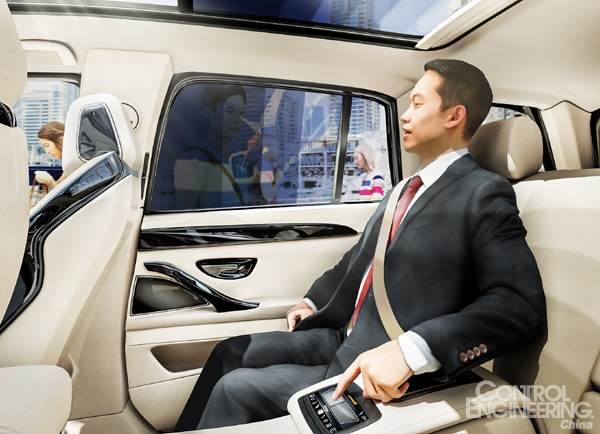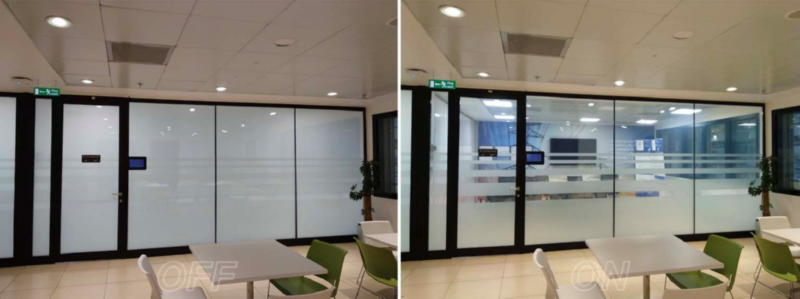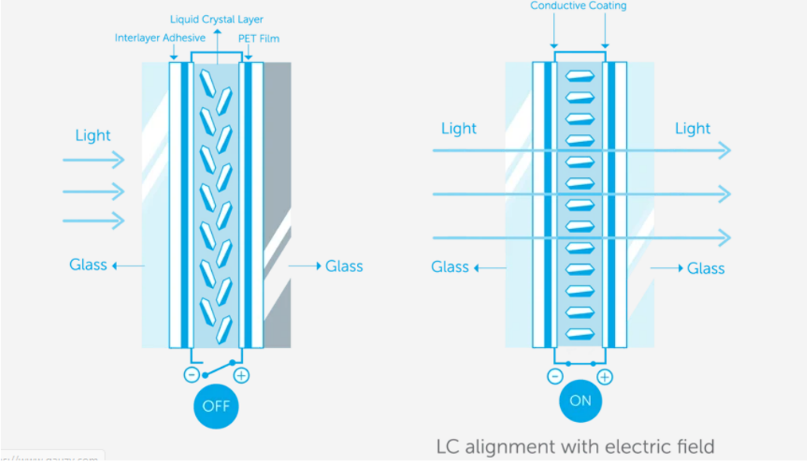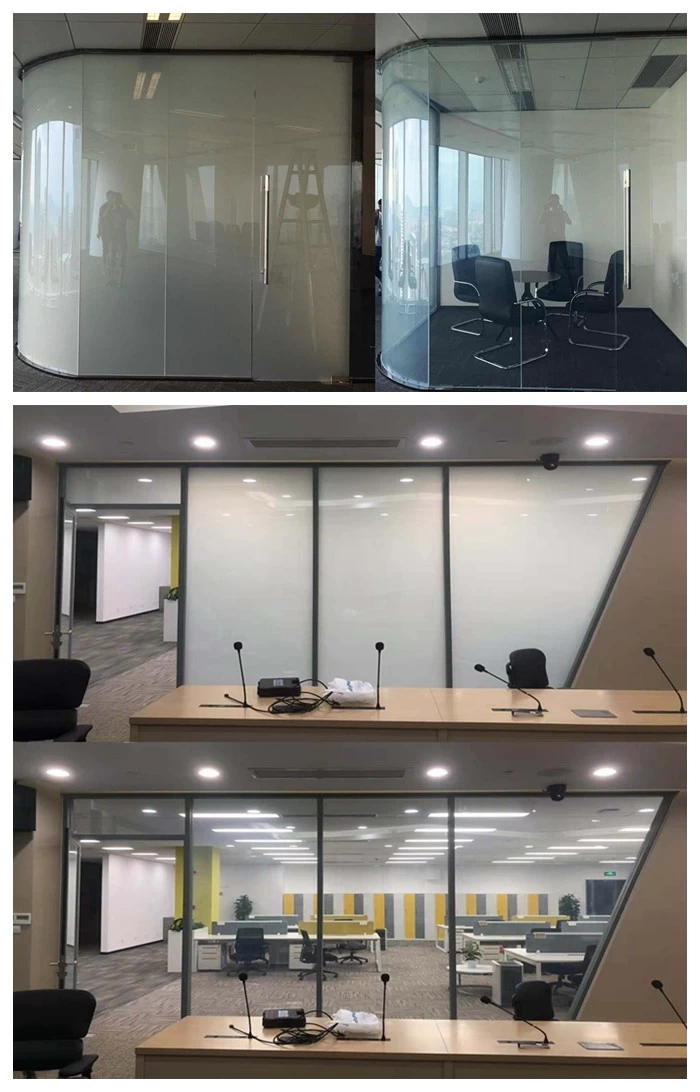Controlled transparency glass: Future technology for buildings and cars
With the development of technology, glass has become more than just a simple transparent material, but has a vital role in a variety of industries.
One of the amazing technologies brought about by this development is “transparency controlled glass”. This glass has the ability to control its transparency, making it an interesting choice in fields such as architecture and the automotive industry.
How does transparency control glass work?
Transparency control glass is based on the technologies beyond imagination. The control of glass transparency is achieved by applying an electric current to a special layer of glass. This current helps change the arrangement of the glass molecules, modifying its transparency and appearance.
Uses of transparency control glass in buildings
Privacy and lighting: transparency control glass is widely used in windows and glass walls in buildings. Residents can control the transparency of the glass as needed, allowing privacy inside the building. It is also possible to control the extent of natural light entering the building, which reduces energy consumption and lowers cooling and lighting bills.
Design and beauty: Transparency control glass gives buildings a modern and luxurious look. It can be used in innovative building designs to add a touch of beauty and luxury to the architectural structure.
Uses of transparency control glass in cars
Lighting control: Transparency control glass is used in car windows to adjust the amount of light passing in to the cabin.
Passengers can control how much sunlight enters, which increases their comfort while driving.
Privacy and security: Transparency control glass contributes to enhancing privacy inside the vehicle. In addition, it can enhance safety by blocking outside visibility and protecting passengers from harsh weather conditions.

Transparency controlled glass is a promising future technology. This technology allows glass to be used in new and innovative ways that add value and beauty to the buildings and cars. It contributes to improving energy efficiency and enhancing attractive designs, It is an example of advanced technology that is revolutionizing multiple areas of our lives.



